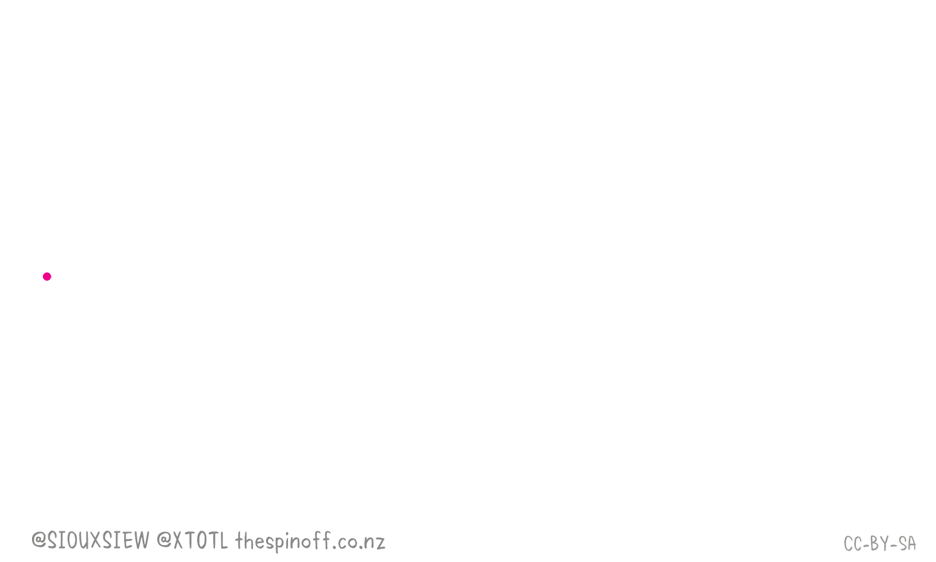
Viral animations explaining the importance of social distancing show how "effective design can explain things" during coronavirus pandemic
Animated illustrations by cartoonist Toby Morris and microbiologist Siouxsie Wiles explaining the importance of social distancing during the coronavirus outbreak have gone viral after they were published by a website in New Zealand.
The playful GIFs include animated graphs that visualise the pressure on the healthcare system, alongside non-contact greetings that can reduce chances of catching or spreading Covid-19.
One animation (shown above) shows how the exponential spread of the virus can be slowed by simple measures such as working at home and not attending barbecues.
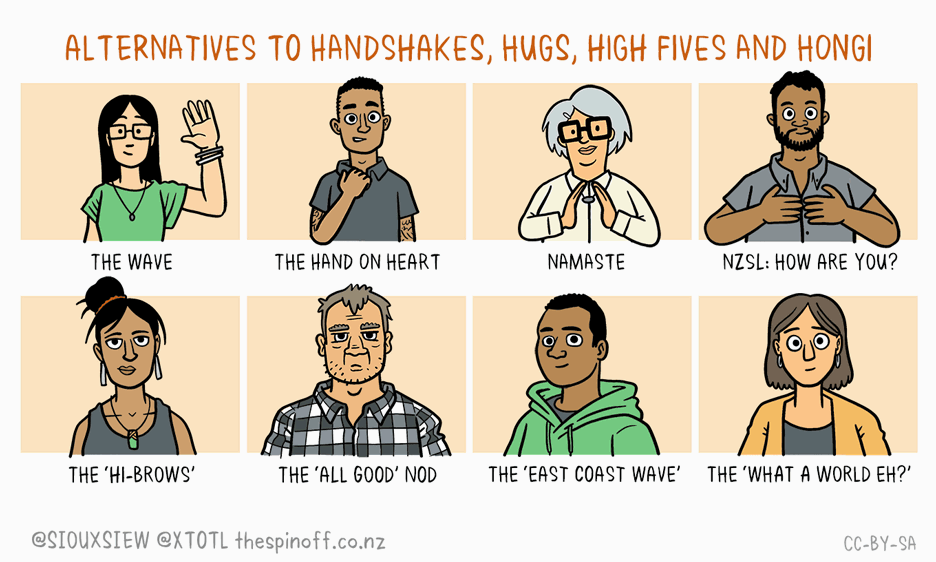
The playful images were created for a series of articles written by Wiles and illustrated by Morris for New Zealand website The Spinoff.
In the articles, Wiles addresses the outbreak, New Zealand's reaction and how local communities must respond. She enlisted the help of Morris to ensure her advice was communicated in the most useful way.
Morris and Wiles hope their collaboration will help communicate the impact that social distancing can have on slowing the spread of the disease while offering clarity in a time of panic and confusion.
"I've always been a big believer in the power of using illustration and visual examples to explain complex ideas," Morris told Dezeen. "I know for me that's often how I like to process and understand things."
"I'm glad I've been able to use my skills to help translate Siouxsie's ideas and knowledge into a way that people can understand quickly and clearly," he added. "We're making a good team I think."
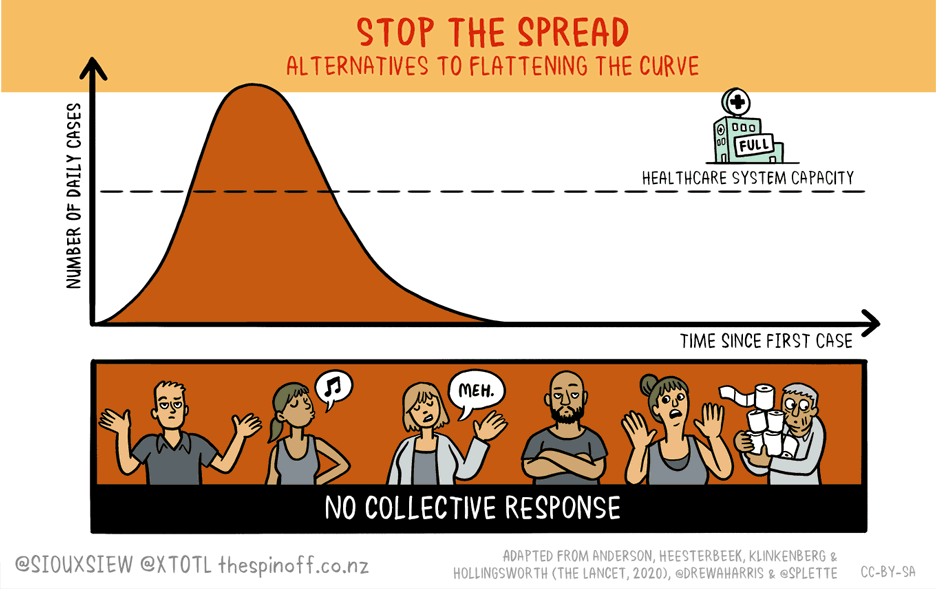
Among the gifs are two images that explain the need to "flatten the curve" – which means to stagger the number of new cases of Covid-19 over a longer period to alleviate pressure on hospitals.
One illustration suggests new ways for people to greet each other without shaking hands, while another raises awareness of the symptoms that are associated with the disease.
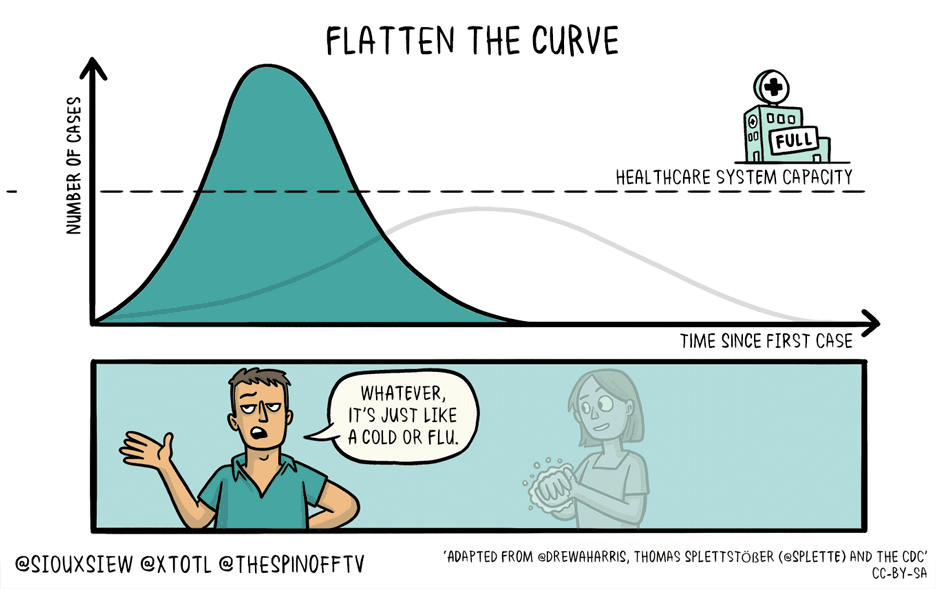
The ongoing coronavirus pandemic was first identified in December 2019 in Wuhan, China. Morris is one of many creatives to have grabbed their pens in response to the outbreak to help circulate helpful advice.
He believes that designers play an important role in cutting through the noise of the crisis to help offer clarity.
"Illustrators and designers know the power of good design to communicate a message or a feeling or an idea," Morris explained. Right now everything is changing so fast, and there is so much uncertainty and so much information flying around, I think everyone is really hungry for clarity and understanding.
"We can really help with that," he added. "Effective design can explain things but also cut through noise. I think we all want to feel like what we do is helping in some way, and we don't always get to in our careers everyday."
"I think this is a perfect time to use our skills, we can make a real difference. I have a feeling we might be just getting started with this, I think we have some wild times ahead."
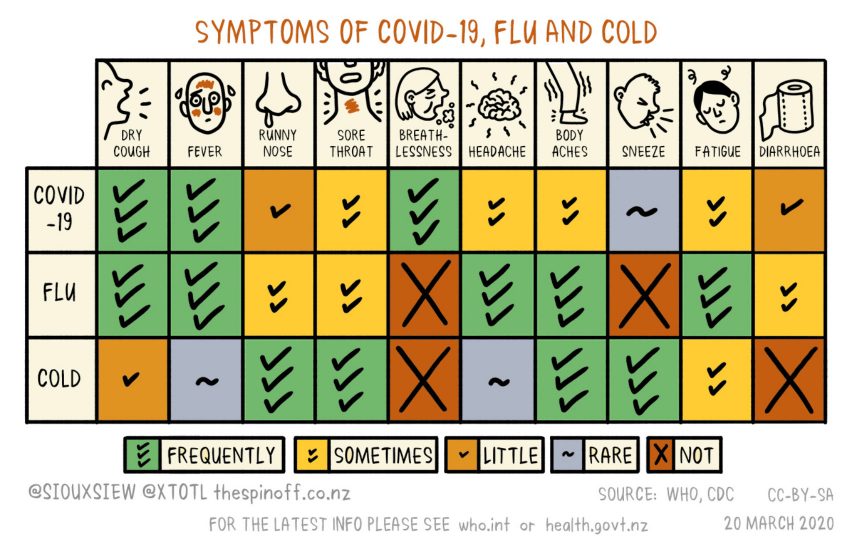
Elsewhere, Elon Musk, car manufacturer Vauxhall and beer maker BrewDog are among those offering up money and production lines to help treat and contain the coronavirus.
In Italy, an additive manufacturing start-up called Isinnova has begun 3D-printing the crucial valves for ventilators that are being used to help coronavirus patients breathe.
At the time of publication, the disease has been detected in 169 countries according to a tally by Johns Hopkins University, which also reports that 300,000 people have contracted the disease and at least 13,407 have died.
Follow Dezeen's coverage of the coronavirus crisis here.